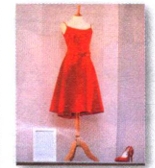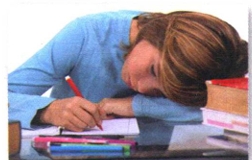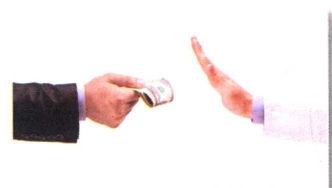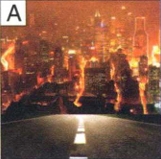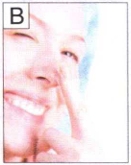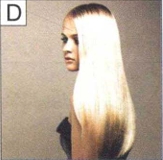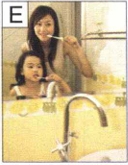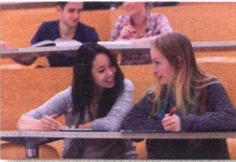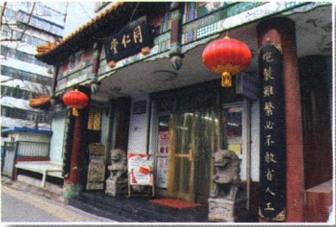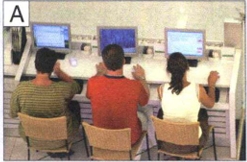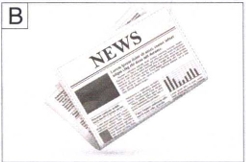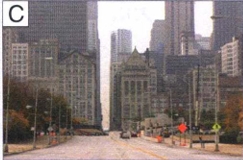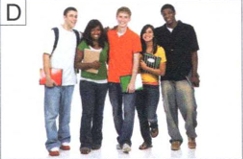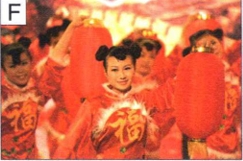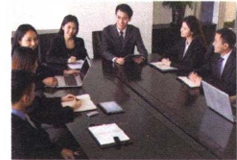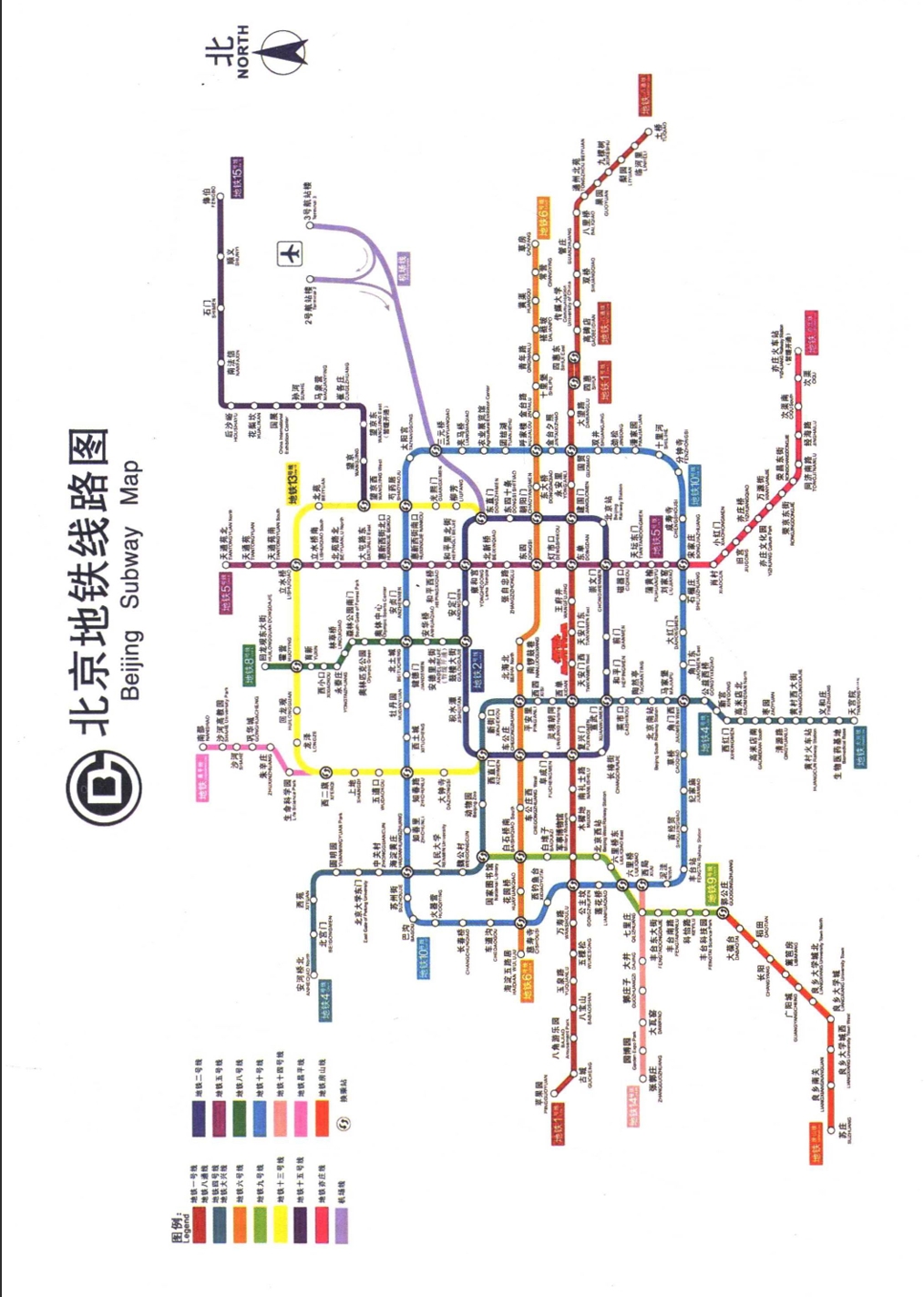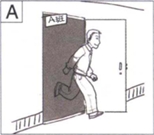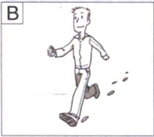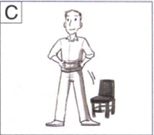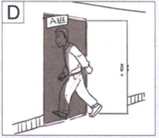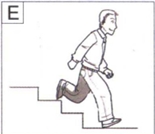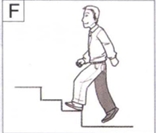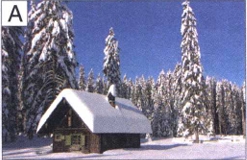


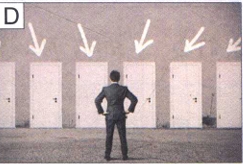
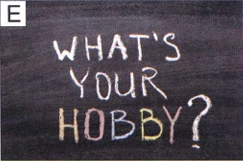
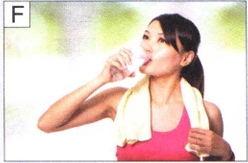
- ① línjū 邻居 ________
- ② àihào 爱好 ________
- ③ xuǎnzé 选择 ________
- ④ bǎo 饱 ________
- ⑤ kě 渴 ________
- ⑥ dōngtiān 冬天 ________
- 例如:学习 汉语
- 介绍 ________
- 打扫 ________
- 检查 ________
- 锻炼 ________
- 帮助 ________
- 复习 ________
课文 Texts
1 在公司 In the company 17-1
小丽:周经理,下个星期我可以请几天假吗?
周明:你有什么事?
小丽:我的一个老朋友结婚,我跟他两年没见了。
周明:你一共想请几天假?
小丽:三天。
生词 New Words
1. 请假 qǐng jià v. to ask for leave
2. 一共 yígòng adv. in total
2 在公司 In the company 17-2
同事:小丽,那个高高的男人是你们公司的吗?你对他了解吗?
小丽:我们过去是邻居,后来是大学同学,关系一直很不错。
同事:他一般喜欢做什么?
小丽:他有很多爱好,唱歌、画画儿、踢足球,什么都会。
同事:真的?那你介绍我们认识认识吧。
小丽:不行,现在他是我丈夫。
生词 New Words
3. 邻居 línjū n. neighbour
4. 后来 hòulái n. later, afterwards
5. 爱好 àihào n. hobby, interest
3 在家 At home 17-3
周太太:最近我觉得哪儿都不舒服,你带我去医院检查检查吧。
周 明:不用去医院,谁都有办法看好你的“病”。我问你,你多久没运动了?
周太太:我三年没运动了。
周 明:谁都知道运动对身体好。但是你吃饱了就睡。
周太太:为了健康,我真应该多锻炼锻炼了。从明天起,我决定每天去长跑。
生词 New Words
6. 办法 bànfǎ n. way, approach
7. 饱 bǎo adj. full, having eaten one’s fill
8. 为了 wèile prep. for the sake of
9. 决定 juédìng v. to decide
4 “运动很重要”这句话谁都懂。但是你知道怎么运动吗?第一,要选择“对”的时间。一般来说,早上9点是最好的时间,冬天要再晚一些。第二,要选择“对”的地点,公园、山上、游泳馆,这些地方都可以运动。第三,必须要根据自己的健康情况运动。如果你很久没爬山或者游泳了,运动一会儿就一定要休息休息。还要记得刚运动完口渴的时候,不要马上喝水。
生词 New Words
- 10. 选择 xuǎnzé v. to choose
- 11. 冬(天) dōng (tiān) n. winter
- 12. 必须 bìxū adv. must
- 13. 根据 gēnjù prep. according to, based on
- *14. 情况 qíngkuàng n. cordition, situation
- 15. 口 kǒu n. mouth
- 16. 渴 kě adj. thirsty
拼音课文 Texts in Pinyin
1、Zài gōngsī
Xiǎolì: Zhōu jīnglǐ, xià ge xīngqī wǒ kěyǐ qǐng jǐ tiān jià ma?
Zhōu Míng: Nǐ yǒu shénme shì?
Xiǎolì: Wǒ de yí ge lǎo péngyou jié hūn, wǒ gēn tā liǎng nián méi jiàn le.
Zhōu Míng: Nǐ yígòng xiǎng qǐng jǐ tiān jià?
Xiǎolì: Sān tiān.
2、Zài gōngsī
tóngshì: Xiǎolì, nàge gāogāo de nánrén shì nǐmen gōngsī de ma? Nǐ duì tā liǎojiě ma?
Xiǎolì: Wǒmen guòqù shì línjū, hòulái shì dàxué tóngxué, guānxì yìzhí hěn bùcuò.
tóngshì: Tā yìbān xǐhuan zuò shénme?
Xiǎolì: Tā yǒu hěn duō àihào, chàng gē, huà huàr, tī qiú, shénme dōu huì.
tóngshì: Zhēn de? Nà nǐ jièshào wǒmen rènshi rènshi ba.
Xiǎolì: Bù xíng, xiànzài tā shì wǒ zhàngfu.
3、Zài jiā
Zhōu tàitai: Zuìjìn wǒ juéde nǎr dōu bù shūfu, nǐ dài wǒ qù yīyuàn jiǎnchá jiǎncha ba.
Zhōu Míng: Búyòng qù yīyuàn, shéi dōu yǒu bànfǎ kànhǎo nǐ de “bìng”. Wǒ wèn nǐ, nǐ duō jiǔ méi yùndòng le?
Zhōu tàitai: Wǒ sān nián méi yùndòng le.
Zhōu Míng: Shéi dōu zhīdào yùndòng duì shēntǐ hǎo. Dànshì nǐ chībǎole jiù shuì.
Zhōu tàitai: Wèile jiànkāng, wǒ zhēn yīnggāi duō duànliàn duànliàn le. Cóng míngtiān qǐ, wǒ juédìng měi tiān qù chángpǎo.
4、“Yùndòng hěn zhòngyào” zhè jù huà shéi dōu dǒng. Dànshì nǐ zhīdào zěnme yùndòng ma? Dì yī, yào xuǎnzé “duì” de shíjiān. Yībān lái shuō, zǎoshang jiǔ diǎn shì zuì hǎo de shíjiān, dōngtiān yào zài wǎn yīxiē. Dì èr, yào xuǎnzé “duì” de dìdiǎn, gōngyuán, shānshāng, yóuyǒngguǎn, zhèxiē dìfang dōu kěyǐ yùndòng. Dì sān, bùxū yào gēnjù zìjǐ de jiànkāng qíngkuàng yìdìng yào hěn dǒu pá shān huòzhě yǒu yǒng, yùndòng yìhuìr jiù yīdìng yào xiūxi xiūxi. Hái yào jìde gāng yùndòng wán kǒu kě de shíhou, bùyào mǎshàng hē shuǐ.
注释 Notes
1 双音节动词重叠 Reduplication of Disyllabic Verbs
双音节动词重叠形式为 “ABAB”,如 “休息休息”,表达动作时间短、尝试等意义。例如:
The form of a reduplicated disyllabic verb is “ABAB”, such as “休息休息”, indicating a short action or an attempt. For example:
- 他是谁?你介绍我们认识认识吧。
- 他是新来的,有时间你帮助帮助他吧。
- 这是本新书,你学习学习吧。
- 我真应该多锻炼锻炼了。
练一练 Practise
完成句子 Complete the sentences.
- 我不太舒服,我想去医院 。
- 太累了,我们 吧。
- 房间不太干净,我们 吧。
2 疑问代词活用3 Flexible Use of Interrogative Pronouns 3
汉语中,可以用 “谁”“什么”“怎么”“哪儿” 等疑问代词代替某个范围内的每一个对象,它们都有相同的情况,没有例外。例如:
In Chinese, interrogative pronouns such as “谁”, “什么”, “怎么” and “哪儿” can be used to refer to every member in a certain scope, indicating all of them are the same in a certain way without exception. For example:
- 谁都喜欢小丽。
- 小刚什么都喜欢吃。
- 我们怎么去公园都可以。
- 最近我觉得哪儿都不舒服。
练一练 Practise
完成对话 Complete the dialogues.
-
A: 你喜欢吃什么菜?
B: 。
-
A: 我们什么时候去看电影?
B: 。
-
A: 我们星期天去哪儿玩儿?
B: 。

